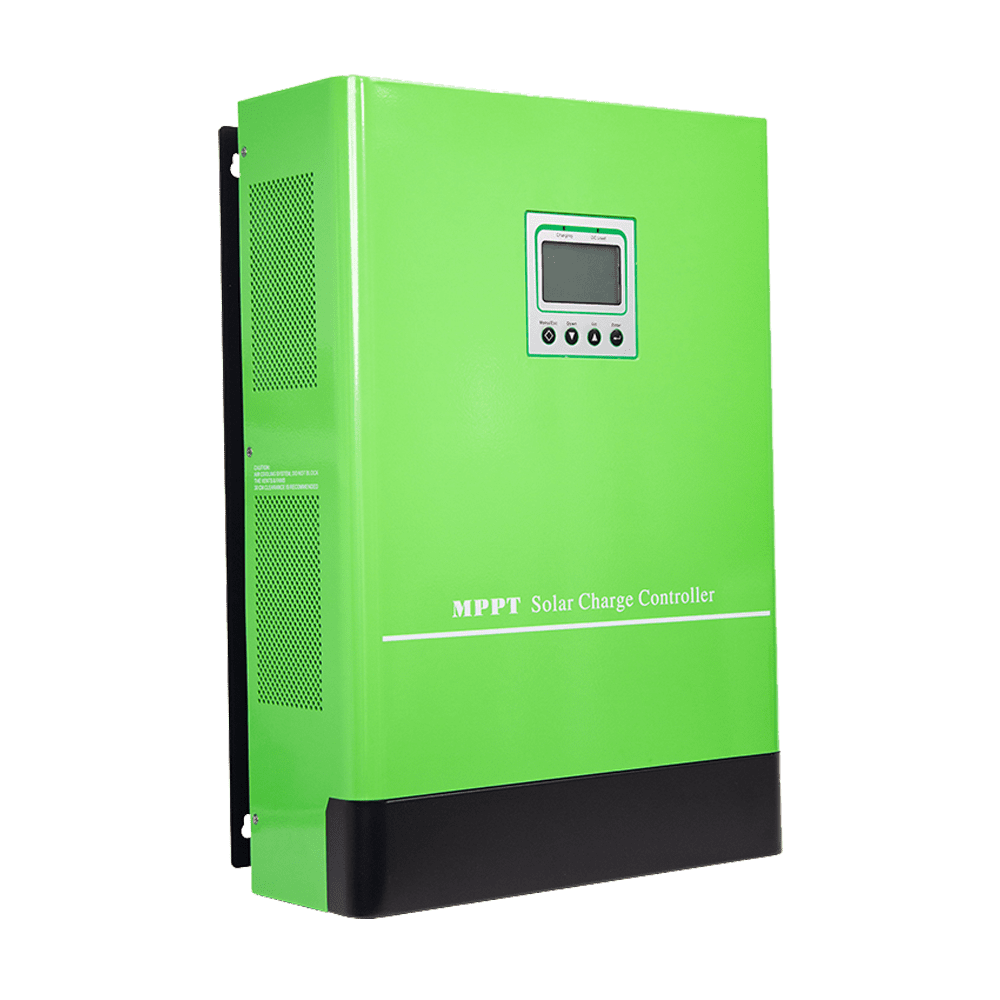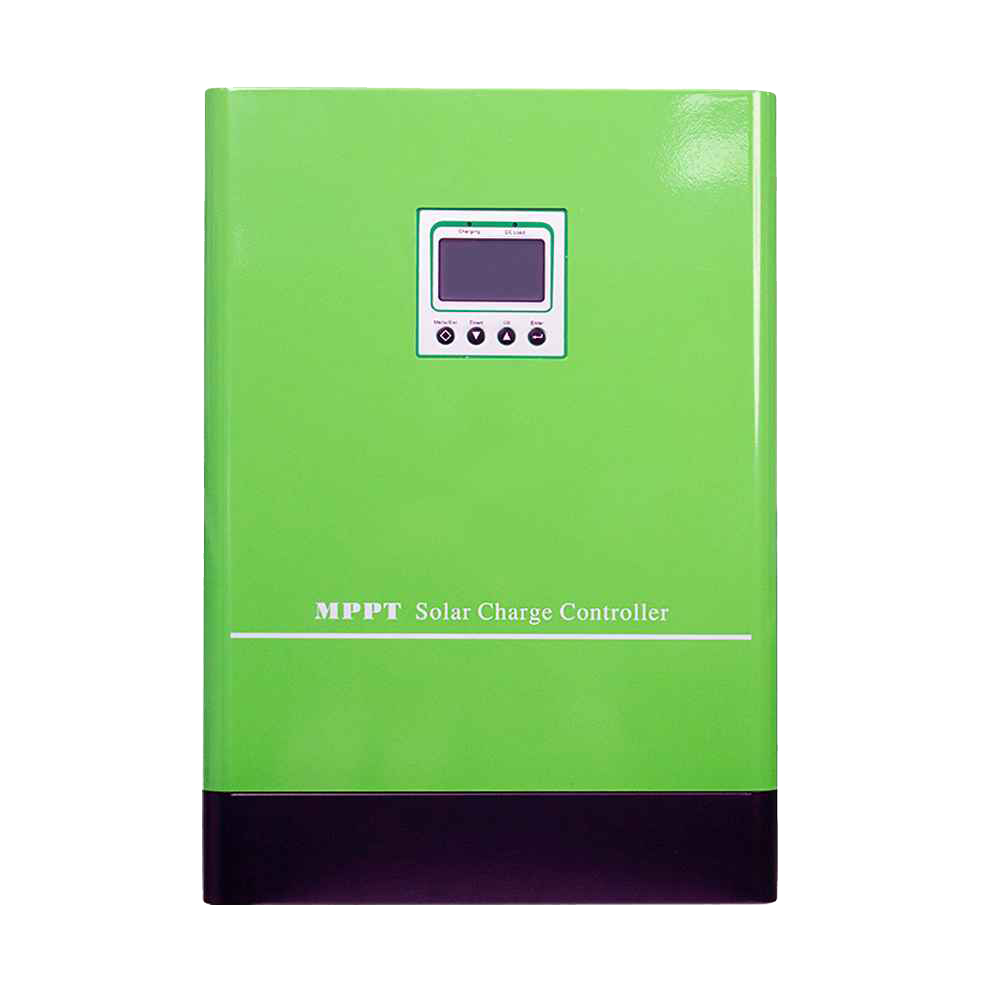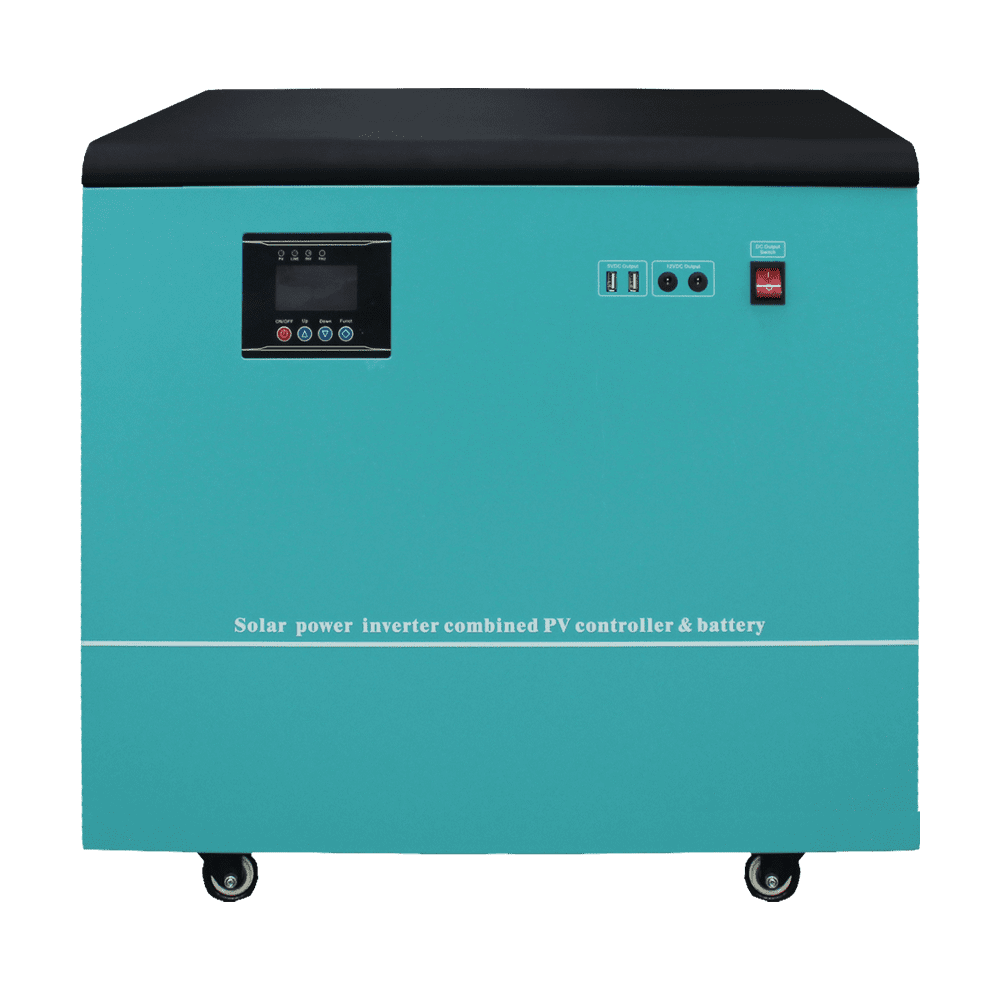Choosing the correct Maximum Power Point Tracking (MPPT) solar charge controller is critical for improving the performance and longevity of your solar power system. With numerous options available, it can be challenging to determine the best fit for your needs. This guide will provide you with a comprehensive understanding of MPPT charge controllers, the factors to consider when choosing one, and tips to ensure you make the best decision for your solar setup.
Understanding MPPT Solar Charge Controllers
What Is An MPPT Solar Charge Controller?
An MPPT solar charge controller is a device that optimizes the power output from a solar panel to a battery bank. It does this by continuously tracking the maximum power point of the solar panel and adjusting the electrical operating point to extract the maximum available power. This method provides more efficient energy conversion than typical Pulse Width Modulation (PWM) charge controllers.
How MPPT Technology Works
MPPT technology works by comparing the solar panel's output to the battery voltage and then converting the panel's voltage to match the battery's needs. This guarantees that the solar panels work at their peak output, optimizing energy extraction even in variable sunlight circumstances. This process involves complex algorithms and electronic components that dynamically adjust to changes in sunlight intensity and temperature.
Benefits Of MPPT Charge Controllers
Higher Efficiency: MPPT controllers can be up to 30% more efficient than PWM controllers, especially in cooler areas where solar panel voltage is typically higher than battery voltage.
Versatility: They can handle a wider range of solar panel voltages, making them suitable for different types and configurations of solar panels.
Improved Performance: MPPT controllers outperform in low-light circumstances, providing a more steady power supply to your batteries.
Longer Battery Life: By optimizing the charging process, MPPT controllers help extend the lifespan of your batteries.

Hybrid MPPT Solar Inverter For Industry
Key Factors To Consider When Choosing An MPPT Charge Controller
System Voltage Compatibility
Your MPPT charge controller must be compatible with the voltage of your battery bank. Common system voltages include 12V, 24V, and 48V. Make sure the controller you choose can automatically detect and match the system voltage or can be manually set to the correct voltage.
Maximum Input Voltage
Each MPPT charge controller has a maximum input voltage rating, which indicates the highest voltage it can handle from the solar panels. It's crucial to choose a controller with a maximum input voltage higher than the open-circuit voltage (Voc) of your solar panel array, including any potential voltage increases due to cold weather.
Maximum Output Current
The controller's maximum output current rating should be sufficient to manage the peak current that your solar panels can generate. To determine the appropriate rating, divide the total wattage of your solar panels by the system voltage and then add a margin of safety (typically 25-30%).
Power Capacity
Ensure the MPPT charge controller can handle the total wattage of your solar array. Controllers are rated by the maximum wattage they can manage; choose one that matches or exceeds the total power output of your solar panels.
Temperature Compensation
Temperature compensation adjusts the charging parameters based on the ambient temperature to optimize battery charging and extend battery life. Controllers with built-in temperature sensors or external temperature probes function better, especially in situations with large temperature changes.

MPPT Solar Inverter For Industry
Efficiency And Conversion Rate
The efficiency of an MPPT charge controller refers to how well it converts solar power to electrical energy. Look for controllers with high-efficiency ratings (typically above 95%) to ensure minimal power loss during the conversion.
Load Control Capabilities
Some MPPT charge controllers include load control features that enable you to directly connect and manage DC loads. This can be useful for preventing battery over-discharge and for systems where direct DC power usage is required.
Data Monitoring And Connectivity
Modern MPPT charge controllers often come with data monitoring capabilities, allowing you to track performance metrics such as voltage, current, and power output. LCD displays, Bluetooth connectivity, and integration with mobile apps or cloud services can all give useful data and remote monitoring capabilities.
Build Quality And Durability
Choose a charge controller that is built to last, especially if it will be installed in a harsh environment. Look for weatherproofing, durable housing, and quality certifications to ensure dependable performance and lifespan.
Manufacturer Reputation And Support
Select a controller from a reputable manufacturer like SNADI known for producing high-quality, reliable products. Consider the availability of customer support, warranty terms, and user reviews to ensure you have support if issues arise.
Conclusion
Investing in the correct MPPT charge controller is an important step in realizing the full potential of your solar energy system. With the information provided in this guide, you are well-equipped to make an informed decision that meets your specific needs and optimizes your solar power investment.















